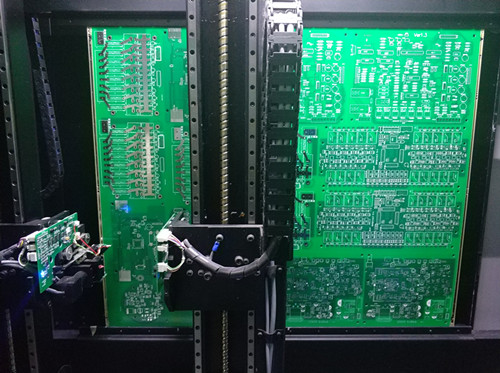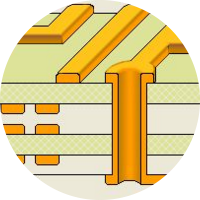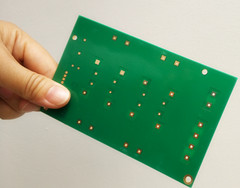Thermal Profiles in PCB Assembly Production
A proper thermal profiling in soldering operations can improve PCBA board quality.
As boards go through solder re-flow or wave solder, every area of the board has to reach the right temperature for soldering and remain there for the right amount of time. You can not heat the board to quickly or you can get splatter and solder balls. You can not heat it too slowly or the flux can dry out before a good solder joint forms. Overheating damages components and insufficient heating gives you bad solder joints.
A printed circuit board’s thermal profile shows its temperature over time during soldering. It’s affected by the numbers of layers. More layers mean more copper and a greater amount of heat absorbed. Different sections of the same board can have different profiles. You can optimize the solder machine setting to get the profile right for each board. When we get the profile right, we store the settings by board part number in the memory of the solder oven or wave solder machine. For each production, we enter the board’s part number and automatically pull up the setting to optimize soldering for that board.
Not many high mix PCB assembly manufacturers do this. Most simply create three or four standard profiles based mainly on the the number of layers and run all their jobs using one of these close enough standard settings. But by measuring optimizing and recording the unique thermal profile of each board design during pre-production, we achieve lower solder defect rates in PCBA manufacturing. It is another way we improve quality while reducing costs for our customers.
 Sign In
Sign In Join Free
Join Free



